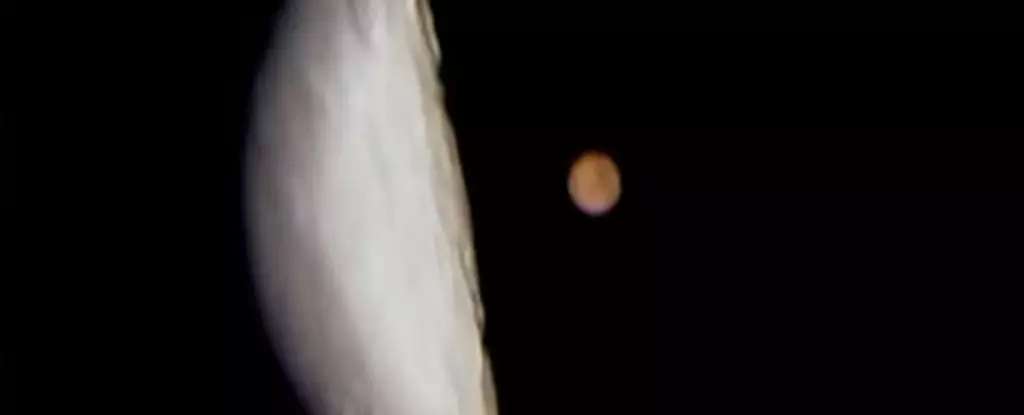September is an exciting month for astronomy enthusiasts as it offers a plethora of fascinating lunar occultation events happening worldwide. This celestial phenomenon occurs when the Moon passes in front of and blocks out various celestial objects such as stars, planets, and star clusters. The Moon’s journey across the night sky presents unique opportunities to witness these occultations, making it a month full of celestial delights for stargazers.
One of the highlights of September is the repeated occultations of Saturn by the Moon, which is set to occur 10 times in 2024. Saturn, known for its majestic rings, presents a captivating sight as it gets blocked by the lunar disk. The slow-moving planet offers astronomers a consistent target for observation, especially with the upcoming edge-on view of its rings in 2025. This recurring event showcases the cyclical nature of occultations as the Moon follows its monthly path above and below the ecliptic plane.
In the current epoch, the Moon has the ability to occult several bright celestial objects, including Aldebaran, Regulus, Antares, and Spica. These occultations provide astronomers with valuable opportunities to study double star companions, asteroid profiles, and the diameters of various stellar sources. Observing these events offers a unique perspective on the interactions between celestial bodies and underscores the beauty of astronomical phenomena.
As we delve into the specifics of September’s lunar occultations, we encounter a diverse range of celestial events taking place across different regions of the world. From the Moon occulting Venus in Antarctica on September 5th to the occultation of Neptune in North America on September 18th, each event offers a unique viewing experience. The close pairings of the Moon with bright stars and planets create captivating moments in the night sky, inviting viewers to witness the wonders of the universe unfold before their eyes.
For astronomers and skywatchers interested in observing lunar occultations, the International Occultation Timing Association (IOTA) provides valuable information on timing and visibility for these events. Using binoculars or a small telescope can enhance the viewing experience and allow viewers to capture the intricate details of these occultations. While imaging these events can be challenging, the rewards of witnessing celestial bodies align in the night sky are well worth the effort.
Astrophotographers like Roger Hutchinson highlight the process of capturing occultations through multiple exposures to account for differences in brightness between the Moon and the occulted object. The art of imaging these events requires precision and patience, resulting in stunning visuals that showcase the dynamic nature of our solar system. Transits, occultations, and eclipses serve as reminders of the constant motion of celestial bodies and offer a glimpse into the intricate dance of cosmic phenomena.
September’s lunar occultations present a unique opportunity to witness the beauty and complexity of celestial events unfolding in the night sky. Whether observing the Moon block out a star or capturing the fleeting moments of a planetary occultation, these events provide a glimpse into the wonders of the universe. Don’t miss out on the chance to witness these spectacular celestial events in September, as they bring a touch of magic to the night sky.


Leave a Reply